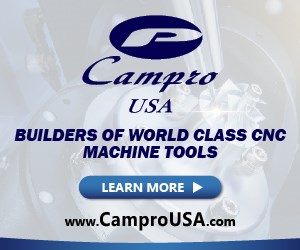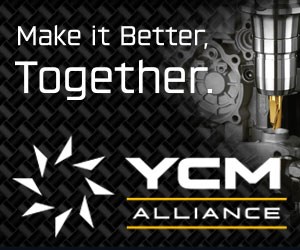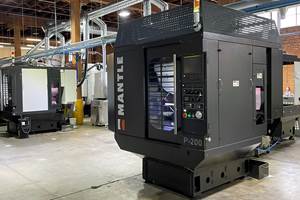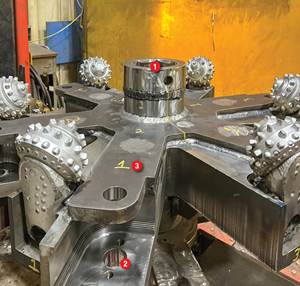Judging from recent activity, Kenlee Precision Corporation has been making good on its commitment to make whatever strategic capital equipment investments are necessary to improve service to customers. During the past four years alone, the company has installed 15 new machine tools and a new CMM at its 50,000-square-foot facility in Baltimore, Maryland.
That’s not to say, however, that the company doesn’t prioritize investments that not only address needs on the shop floor, but do so economically. Kenneth A. Lewis, Sr., president and CEO, says one recently installed machine stands out in this regard: a Feeler VMP 580 APC from Methods Machine Tools (Sudbury, Massachusetts). With an automatic pallet changer and easy-to-operate control system, this three-axis VMC has significantly reduced cycle times and has taken on more work than the company expected, Mr. Lewis says.
Since 1969, Kenlee Precision Corporation has focused on the custom manufacturing of precision components and finished assemblies for the medical, semi-conductor, electronic, military, and other markets. The 120-employee company provides services ranging from CNC machining to sheet metal fabrication, electromechanical assembly, and testing and finishing.
The company purchased the Feeler machine to increase capacity after recognizing a gap in production. “We were machining quite a bit of aluminum, brass, copper and stainless, and we thought we could really fill a niche if we had a smaller, easy-to-operate machine that could offer the capacity we needed,” Mr. Lewis recalls.
For much of this work, the company had been using another VMC. However, that machine simply couldn’t keep up with customer demand for quality parts and fast delivery at a competitive cost, Mr. Lewis says. The machine also lacked a pallet changer. “Finishing a part every time the machine tool cycles would improve quality and throughput,” he explains.
Kenlee selected the Feeler machine on a joint recommendation from Methods Machine Tools and the company’s local machine tool distributor of 20 years, MTA Company (Ellicot City, Maryland). Considering that many of Kenlee’s 70 CNC machines are from Methods, including Fanuc Robodrill VMCs, Nakamura-Tome turning centers, and Matsuura machining centers, that supplier was a natural fit. The Feeler VMC features a Fanuc 0i-MD control with a 15-hp, 10,000-rpm spindle, an automatic pallet changer (APC) and a 24-tool ATC. The X and Y axes run on linear guideways, while the Z axis uses boxways. X-, Y- and Z-axis travels measure 23 by 16.5 by 20 inches (580 by 420 by 510 mm). Its footprint measures 115 by 111 inches (2,910 by 2,820 mm).
Mr. Lewis says the fact that Methods adds its own design and engineering elements to Feeler line, which is manufactured by Fair Friend Group, boosted his confidence in this choice of machine. Once on the shop floor, it didn’t disappoint. “Due to Methods’ design changes, the controls are easily accessible, making the machine efficient to operate,” he says. He adds that its smaller footprint is also beneficial because floor space is always at a premium.
Moreover, the machine’s twin pallet changer eliminated secondary operations often required with the previous VMC, reducing cycle time by approximately 30 percent. Shorter cycle times enable the machine to process more work, resulting in a throughput gain of approximately 30 percent, Mr. Lewis says.
Of course, improving cycle time and throughput were the company’s initial goals when it purchased the machine. However, since in-stallation, the VMC has also proven its ability to process a wider range of jobs. It is well-suited for machining the full range of steels common to Kenlee’s work, including various grades of stainless, Mr. Lewis says. The machine runs parts including chassis, housings, brackets and various assembly and sub-assembly components.
The machine’s ability to process medical industry parts is especially important because that sector accounts for approximately 60 percent of Kenlee’s work. Mr. Lewis cites one particular medical job as a good example of the machine’s capabilities: a kidney-shaped assembly component measuring 6.5 inches long by 2 inches wide machined from 1.5-inch-thick steel. “The part has excellent finish quality on the edges, and the material removal rate is great,” he says. He adds that the Feeler machine’s ability to continually achieve tolerances of ±0.001 inch is also beneficial for this high-tolerance part and similar work.
In all, the VMC has not only filled Kenlee’s need for added capacity, but also been tasked with more work than initially expected. “With the productivity increases provided by the addition of the Feeler machine, I would not hesitate to add more of that line to our manufacturing operation,” Mr. Lewis says.











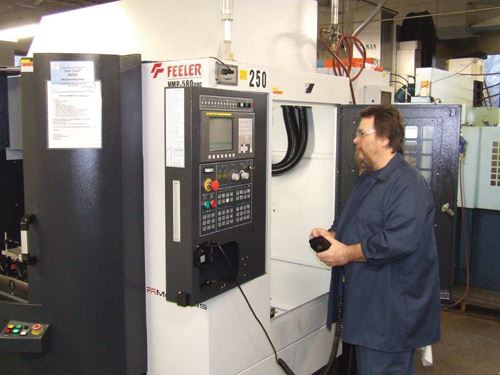
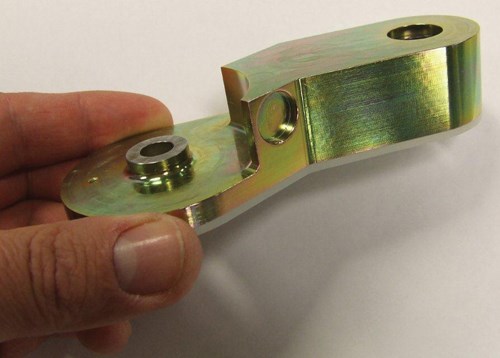
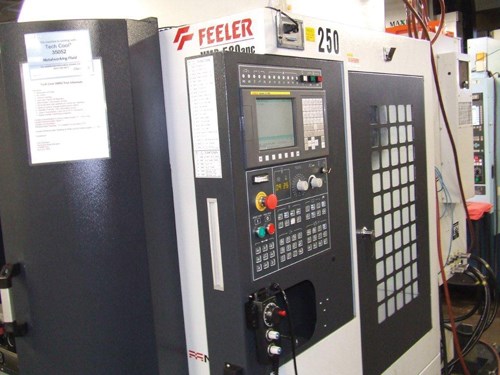





















.png;maxWidth=150)




